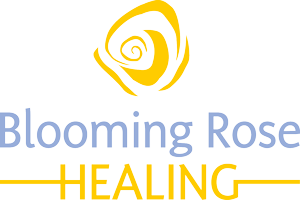Inhale Deeply, Friend; Inhale
Why think about breath?
After all, breathing happens automatically. We don’t have to remember to breathe—thank goodness. That would be exhausting.
But what isn’t automatic is the diaphragmatic breathing that connects us to our emotions. We use it when we’re infants but as we age, we learn to resist deep breathing. We put up armor. We become more concerned with how we should be rather than how we are.
In a sense, we hold our breath while waiting to see what other people want us to do or to be.
But we pay a price for that. When we restrict our breath, it stops going to certain areas and creates blockages. Where there’s no breath, there’s no oxygen, and this can result in physical disease, emotional misalignment, or spiritual disconnect.
I like to ask my clients, “What does it mean to meet your breath?”
It’s a surprisingly challenging question. Most people find that it’s hard to just sit and breathe and not add anything else. It’s a feminine, receptive practice. In today’s busy world, it may be seen as a waste of time. But even the Bible talks about the breath and how it connects us to Grace.
At a recent breathwork workshop, I saw the profound shifts that can occur when people learn how to meet their breath. I wish we had taken before and after photos of the participants. After they did the breathing exercises, the lightness was visible. One woman said to me, “I feel so much freedom.”
I was reminded of a time when I was sitting on a boat and four gray whales came up and exhaled at the same time. It touched my heart to see what whales do so instinctively. At that moment I knew that breathing as a community creates a powerful connection.
In my practice, I help individuals connect to the breath. I begin by watching my client breathe and seeing where the breath stops; then we look at how this blockage might be manifesting. Failing to breathe deeply can lead, for example, to safety issues, to not feeling grounded to the earth; it can also lead to financial issues.
I help my clients breathe into these areas to activate emotions. We know that emotion is simply energy in motion; feeling sadness or grief or pain and allowing it to move through and out releases old patterns of resistance.
Transformational teacher and author Max Strom writes in his book, A Life Worth Breathing:
Resistance to breathing is resistance to change. Resistance to change is resistance to living. Resistance to living is a kind of walking death. Inhale deeply, friend; inhale. Your breathing practices and emotional healing will lead you to virtuous behavior and a life of non-grasping and joy. The heart, unencumbered by grief and resentment, will blossom from merely an emotional heart into a spiritual heart.
(For more on the healing properties of breath, check out his Ted Talk: Breathe to Heal )
When we connect with our breath, we are clearer about our values, beliefs, and who we are in the world. It impacts everything around us. It heals others.
So inhale deeply, friend; inhale. Let your breath lead you toward joy.

